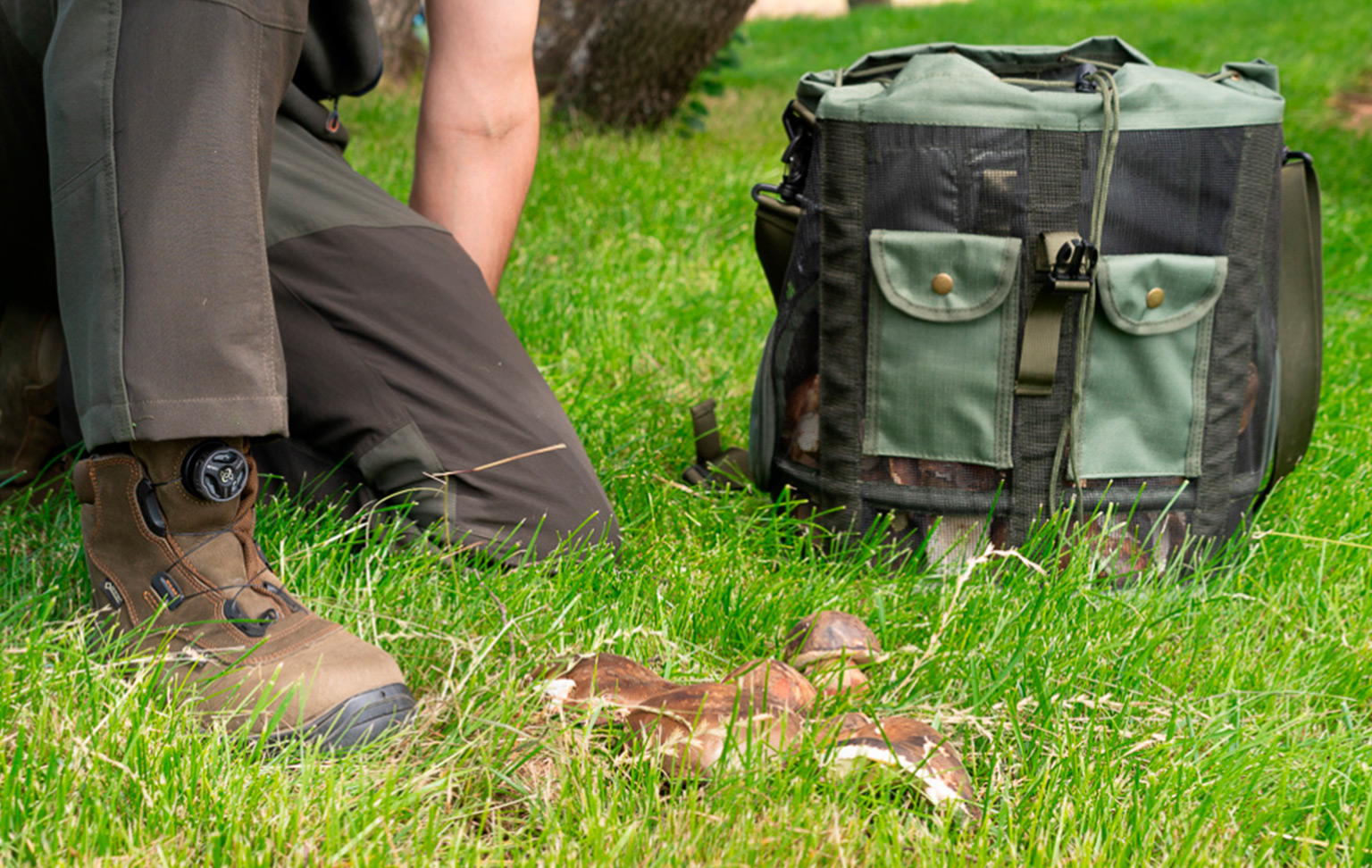
Mushroom season in Spain: tradition, nature and autumn flavours
With the arrival of September and October, when the first rains cool the forests and the humidity mixes with the last warm rays of summer, one of the most eagerly awaited seasons for nature lovers, hikers and foodies begins in Spain: mushroom season.
This tradition has its roots in ancient times, when gathering these fruits of the earth was both a means of subsistence and a ritual that brought families and entire communities together.
Today, mushroom hunting has become a phenomenon that goes far beyond simple gathering. It is an activity that combines adventure, contact with the environment and culinary enjoyment. But it also requires knowledge, respect for the environment and, in many cases, compliance with specific regulations governing this practice.
A little history and tradition
The consumption of mushrooms in the Iberian Peninsula dates back to pre-Roman times. The Celtiberians and Iberians were already familiar with them, although with some caution, as edible varieties always coexisted with highly toxic ones. It was in the Middle Ages when mushroom picking became established as a common practice, especially in rural areas where mushrooms complemented the basic diet. Over time, mycology became more popular and today Spain is one of the European countries where the hobby of mushroom picking is growing the most.
In some regions, such as Catalonia, Castile and León, and the Basque Country, the mushroom season is almost a cultural festival. Entire families venture into pine and oak forests in search of milk caps, boletus, and amanitas, passing down from generation to generation the ancestral knowledge of ‘where and how’ to find the best specimens.
Mycological curiosities
The world of mushrooms is as fascinating as it is unknown. It is estimated that there are more than 1,500 species of fungi in Spain, although only about 100 are really appreciated gastronomically. The milk cap, for example, is so popular that in some areas it is affectionately known as ‘rovelló’ or ‘rebollón’. Another interesting fact is that fungi are not vegetables, but separate organisms with their own biological kingdom: neither animals nor plants, but an intermediate world with a fundamental role in ecosystems, decomposing organic matter and promoting forest regeneration.
Most common species
Among the most sought-after mushrooms in Spain are:
- Milk cap (Lactarius deliciosus): the undisputed king of pine forests.
- Boletus edulis: prized for its flavour and versatility in cooking.
- Amanita caesarea: known as ‘oronja’, highly valued since Roman times.
• King trumpet mushroom (Pleurotus eryngii): common in plains and grasslands. - Chanterelle (Cantharellus cibarius): shaped like a yellow trumpet, very aromatic.
However, it should not be forgotten that there are also toxic or deadly species, such as Amanita phalloides, responsible for most serious poisonings in Europe.
Iconic places for mushroom picking
Spain is a true mycological paradise. Some of the most renowned areas for mushroom picking are:
- Soria and Pinares de Urbión: considered the mycological capital of the country.
- Montseny and the Catalan Pyrenees: with a long tradition of mushroom picking.
- Sierras de Cazorla, Segura y Las Villas Natural Park (Jaén): ideal in autumn.
- Basque Country and Navarre: where this hobby is combined with the most traditional cuisine.
- Sierra de Gredos and Sistema Central: variety of ecosystems and species.
Legislation and permits
In recent years, tourist pressure and overexploitation have forced many autonomous communities to regulate mushroom picking. In provinces such as Soria, Burgos and Segovia, mycological permits have been established that limit the number of kilos per person per day. The idea is to ensure the sustainability of the mountains and prevent the mycological boom from becoming a threat to the ecosystem. Therefore, before heading out into the mountains, it is advisable to check with the local council or tourist office about the regulations in force.
An experience that goes beyond the kitchen
Although many people are attracted by the gastronomic value of mushrooms —in stews, scrambled eggs or accompanying game meats— the truth is that mushroom picking is much more than just a matter of cooking. It is a way of experiencing autumn first-hand: feeling the crunch of leaves under your boots, the smell of damp earth, the silence broken by the distant song of a bird or the unexpected discovery of a boletus under the moss.
The mushroom season in Spain is, in short, a living tradition that combines nature, culture and gastronomy. An activity that brings generations together, fosters respect for the environment and reminds us that sometimes the best adventures are much closer than we think, hidden under a brown or orange cap in the middle of the forest.
- Big Game (4)
- Chiruca (2)
- Fairs (2)
- Hunting dogs (4)
- News (11)
- Relevant information (33)
- Small Game (1)